A recent post by Jon Entine on the Forbes website leads with a complimentary citation of my book– and then goes on to undermine its central thesis. He concludes:
Modern eugenic aspirations are not about the draconian top-down measures promoted by the Nazis and their ilk. Instead of being driven by a desire to “improve” the species, new eugenics is driven by our personal desire to be as healthy, intelligent and fit as possible—and for the opportunity of our children to be so as well. And that’s not something that should be dismissed lightly.
 Well, first of all, as the recent revelations of coerced sterilization of prisoners in California shows, “draconian, top-down” measures do still occur. Genetics and reproduction are intensely potent, and wherever we find abuse of power we should be alert to the harnessing of biology in the service of tyranny.
Well, first of all, as the recent revelations of coerced sterilization of prisoners in California shows, “draconian, top-down” measures do still occur. Genetics and reproduction are intensely potent, and wherever we find abuse of power we should be alert to the harnessing of biology in the service of tyranny.
Second, there’s more than one kind of tyranny. Besides the tyranny of an absolute ruler, perhaps the two most potent and relevant here are the tyranny of the commons and the tyranny of the marketplace. The fact that they are more subtle makes them in some ways more dangerous. The healthcare industry does much good in the world, but it is naive to treat it as wholly benign.
Further, putting human evolution in the hands of humans, means accepting long-term consequences for short-term goals. The traits we value–health, intelligence, beauty–are the result of the action of many genes interacting with each other and with a dynamic environment. The entire system is contingent, inherently unpredictable. Yet we treat it as simple and deterministic. Until now, technology has been the major obstacle to guiding human evolution. It may be that now the major obstacle is our reasoning ability, our capacity for grasping contingency and probability and change. We’re tinkering with the machinery of a system whose complexity is still unfolding before us. The probability of unforeseen consequences is 100%. The only question is how severe they will be. We will only know in retrospect.
If we now have the tools to meaningfully guide our own evolution–as eugenicists have always wanted to do–we cannot take a blithe and Panglossian attitude. We have to be alert to the risks and take them seriously. That is not traditionally science’s strong suit. The public face of science is sunny, optimistic, fun. It strides boldly into the future, laughing and making striking promises. The industries behind science and health are wealthy and politically powerful. Not everything they do is benign.
To be a critic of that public-relations machine–of hype, in other words–is not to be a critic of health or knowledge or progress. Genetic science has the potential to bring us enormous benefits in health and well-being, and as they do, I stand in line with my fellow humans for my fair share. But that science also carries huge and unforeseeable risks, the root of which, perhaps, is arrogance. It’s one whose consequences are painfully evident in the historical record.





 Using a variety of newly available technologies, Avaris plans to “brand” genes to give them a distinctive look and feel. Traditional pharmaceuticals have used this approach since the mid-20th century. The color and shape of a pill is known in the industry as “trade dress.” Think Zantac’s blue pentagon, Viagra’s blue diamond, or the “purple pill,” Prilosec. The physician and historian of medicine
Using a variety of newly available technologies, Avaris plans to “brand” genes to give them a distinctive look and feel. Traditional pharmaceuticals have used this approach since the mid-20th century. The color and shape of a pill is known in the industry as “trade dress.” Think Zantac’s blue pentagon, Viagra’s blue diamond, or the “purple pill,” Prilosec. The physician and historian of medicine 
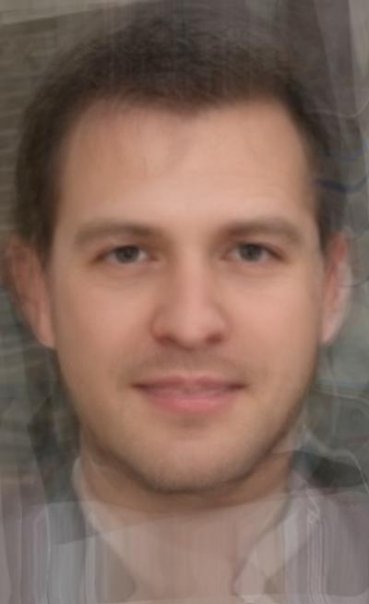
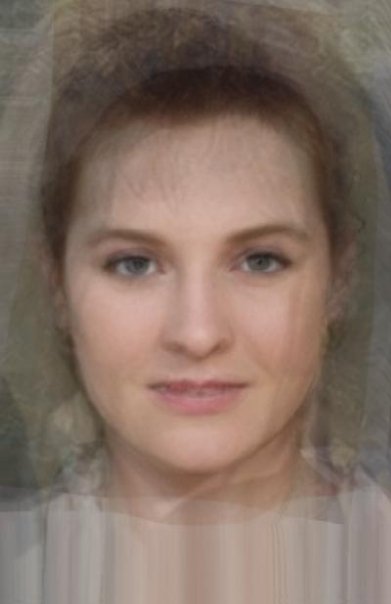




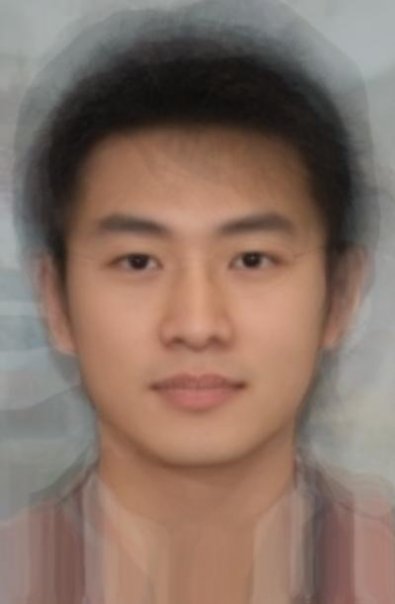

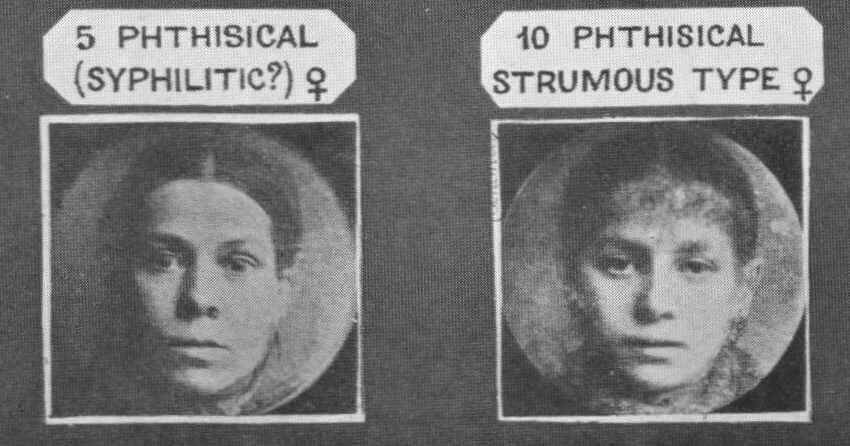


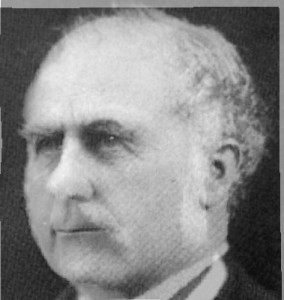
You must be logged in to post a comment.